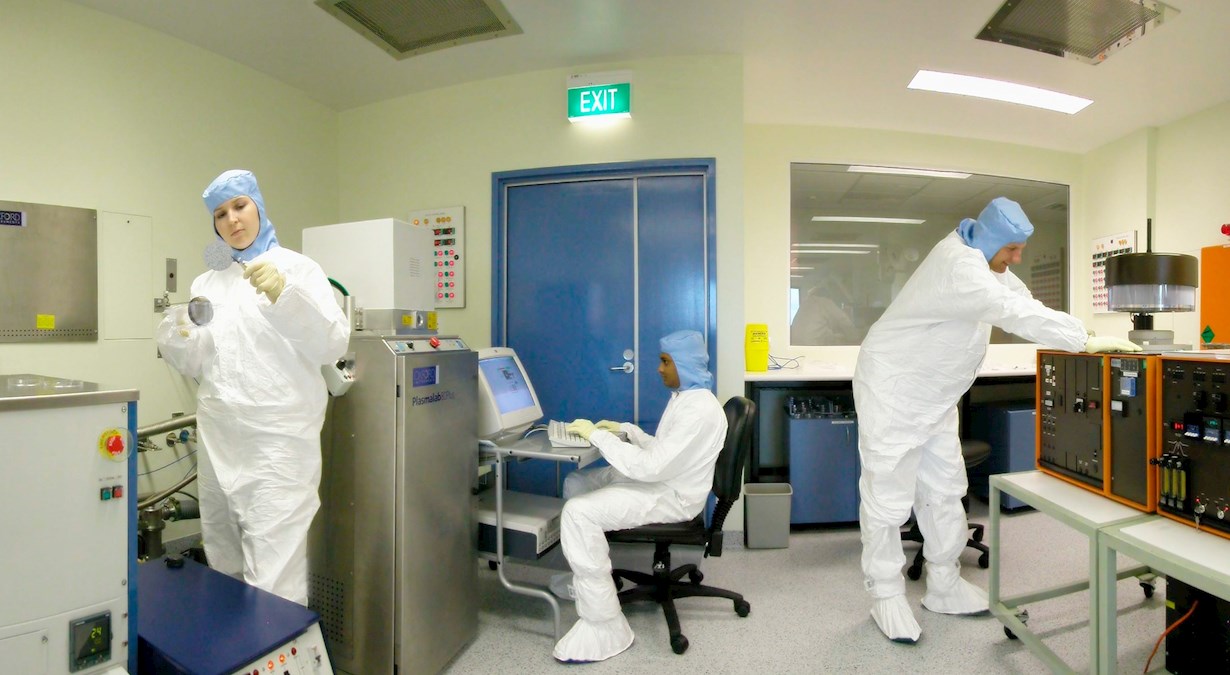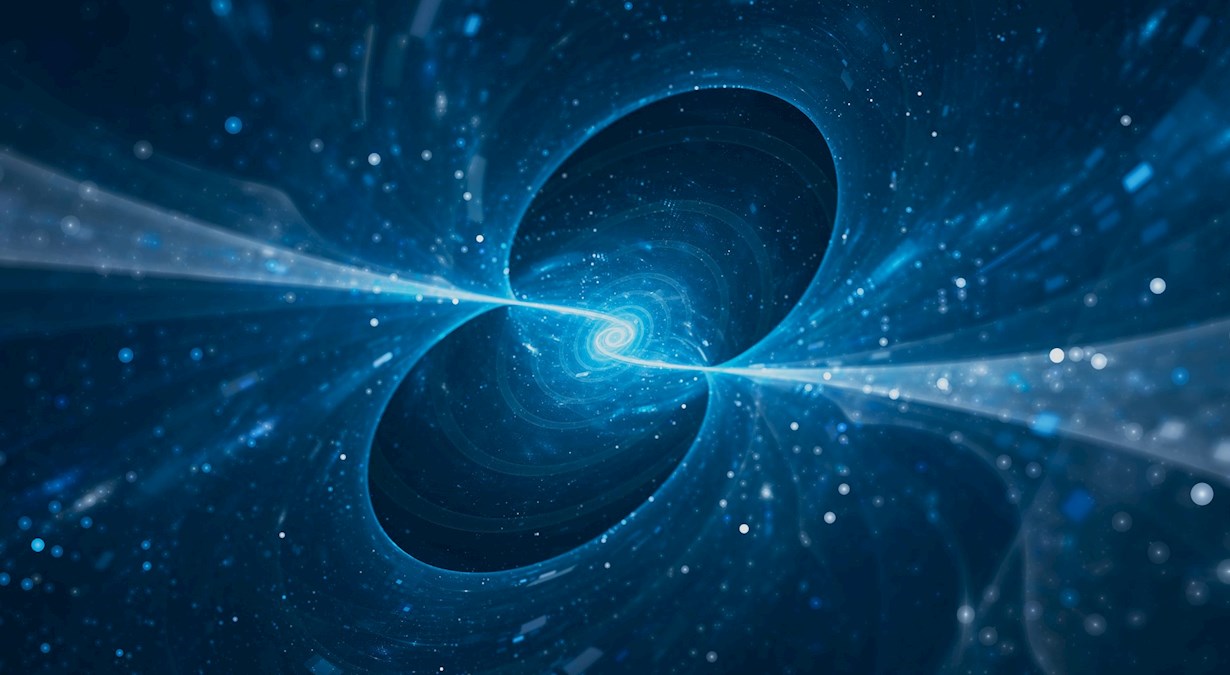Department of Physics
Bringing together great minds to examine the world around us
The Department of Physics at The University of Western Australia has a century-long history. It was initially part of the Department of Mathematics and Physics, established in 1912 as one of earliest eight departments of this university and became the Department of Physics in 1929. This department provides a strong foundation for research. In the most recent ERA (Excellence in Research for Australia) ranking exercise, the department scored 5/5 in all areas assessed, namely Astronomical and Space Sciences, Classical Physics, Optical Physics, and Quantum Physics. We currently host nodes for three ARC Centres of Excellence: Gravitational Wave Discovery (OzGRav), Engineered Quantum Systems (EQUS) and Dark Matter Particle Physics (CDMPP). We also have close links and ties with local industry, hospitals, observatories, schools, and government research organisations.
This is an incredibly exciting time for physics: LHC (CERN's Large Hadron Collider) discovered the Higgs boson particle in 2012; LIGO (Laser Interferometer Gravitational-Wave Observatory) detected gravitational waves from merging black holes in 2015; the first ever image of a black hole was taken by the Event Horizon Telescope in 2019. On the horizon is an international race to make the first full-scale quantum computer; in another direction, ultra-sensitive experiments are being developed in search of dark matter and dark energy of which very little is known. We explore and address fundamental questions from the tiniest particles to the great cosmos and all in-between. The quest continues for a Grand Unified Theory of Everything.
Department of Physics Areas of Research
- Astronomy & Astrophysics
- Computational Physics
- Experimental Physics
- Medical and Biomedical Physics
- Theoretical Physics
Our courses
- Physics major (Undergraduate)
- Bachelor of Science (Frontier Physics) and Master of Physics
- Bachelor of Science (Frontier Physics) and Master of Physics - Medical Physics
- Master of Physics
- Master of Medical Physics
Research Clusters
Affiliated centres
The Department of Physics works with local and international centres to collaborate with some of the brightest research minds.
These affiliations include:
- International Centre for Radio Astronomy Research
- ARC Centre of Excellence for Dark Matter Particle Physics (DMPP)
- ARC Centre of Excellence for Engineered Quantum Systems (EQUS)
- ARC Centre of Excellence for Gravitational Wave Discovery (OzGrav)
- OzGrav UWA
Education outreach:









